UFO, can you please be just 2 steps ahead instead of three, you're making me dizzy.
Warmest regards everyone, Cornboy.




 [/IMG]
[/IMG]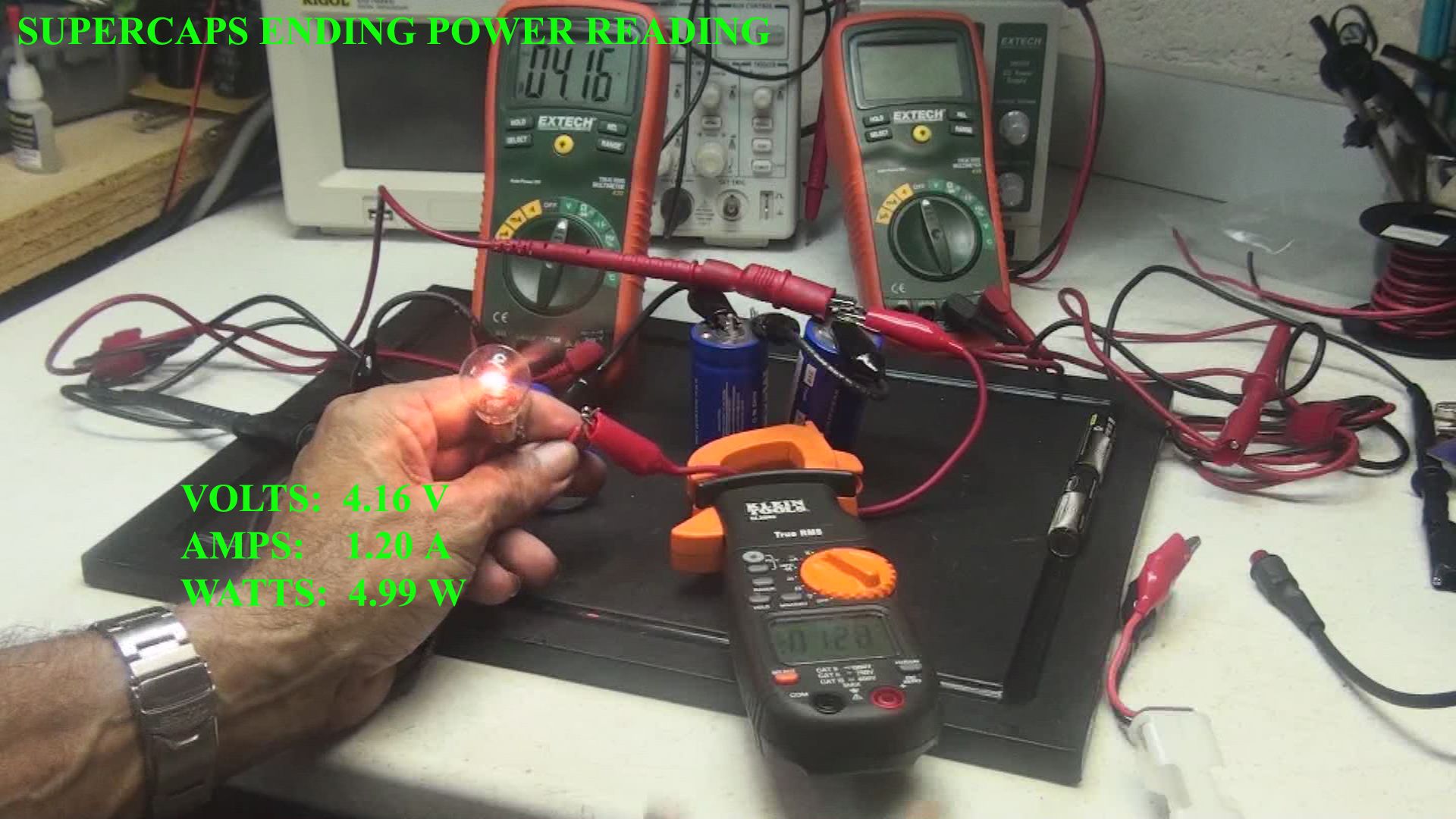 [/IMG]
[/IMG]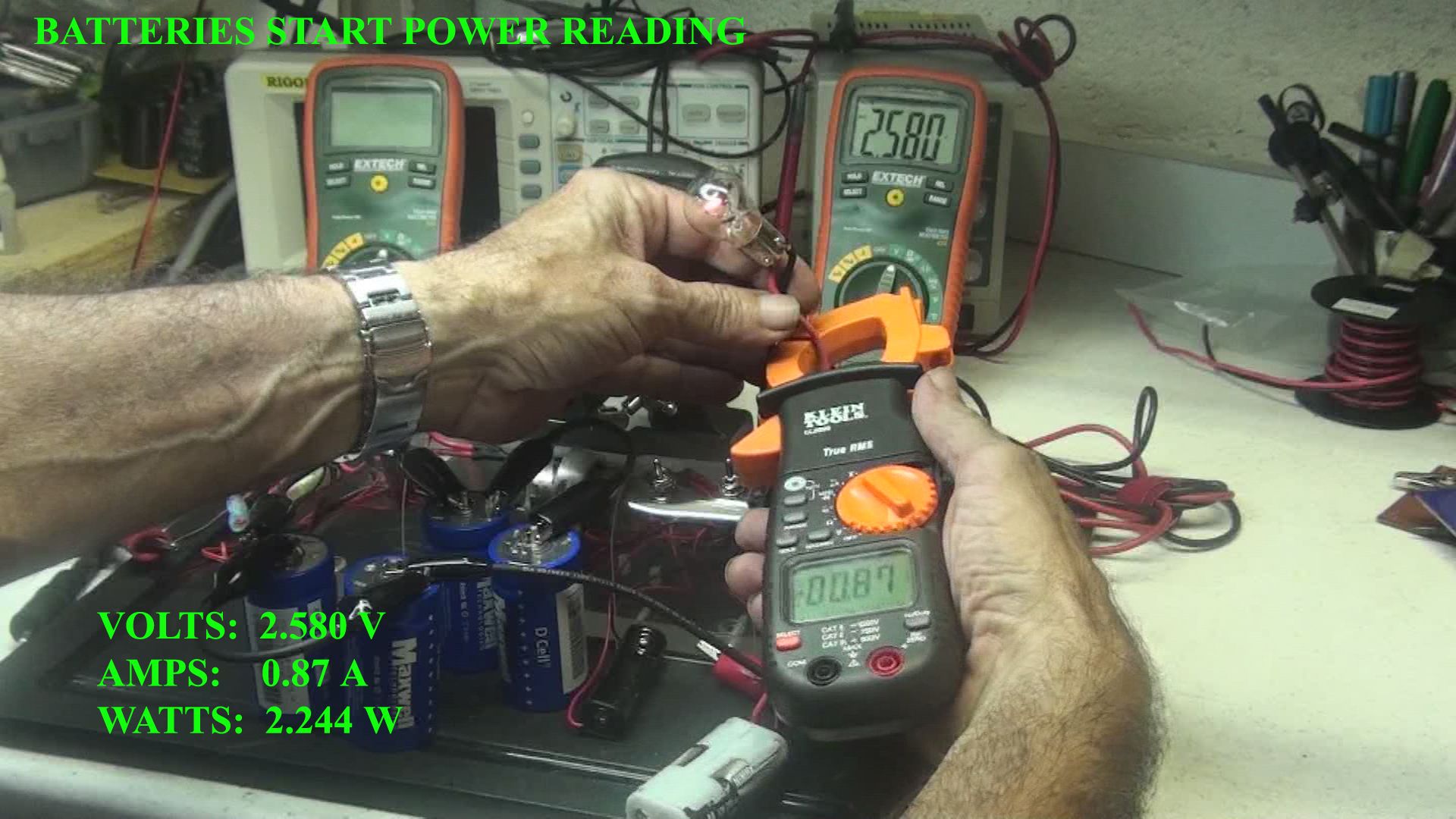 [/IMG]
[/IMG]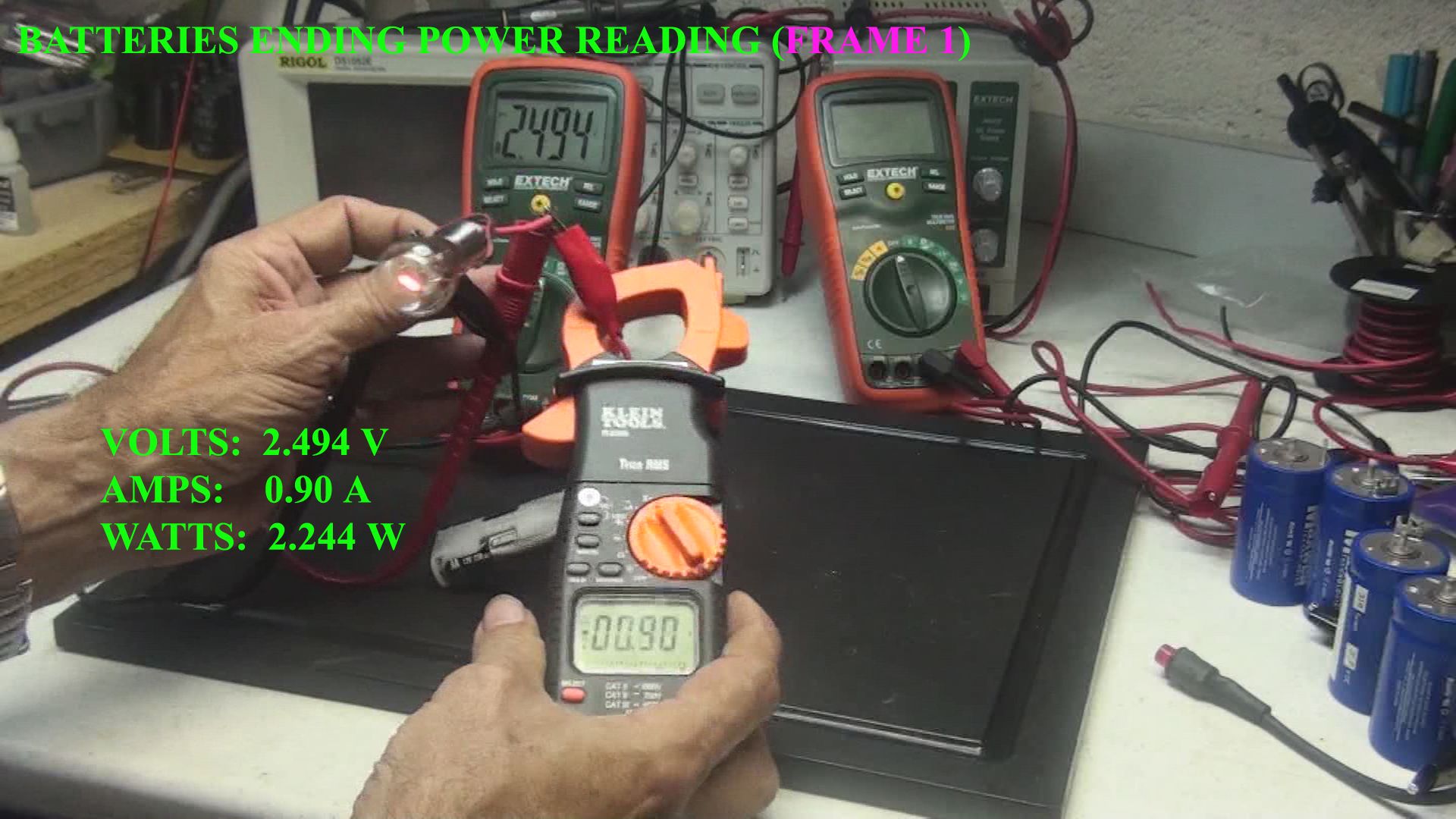 [/IMG]
[/IMG]



 [/IMG]
[/IMG] [/IMG]
[/IMG] [/IMG]
[/IMG] [/IMG]
[/IMG] Guest!
Guest!

 Guest!
Guest!





 [/IMG]
[/IMG]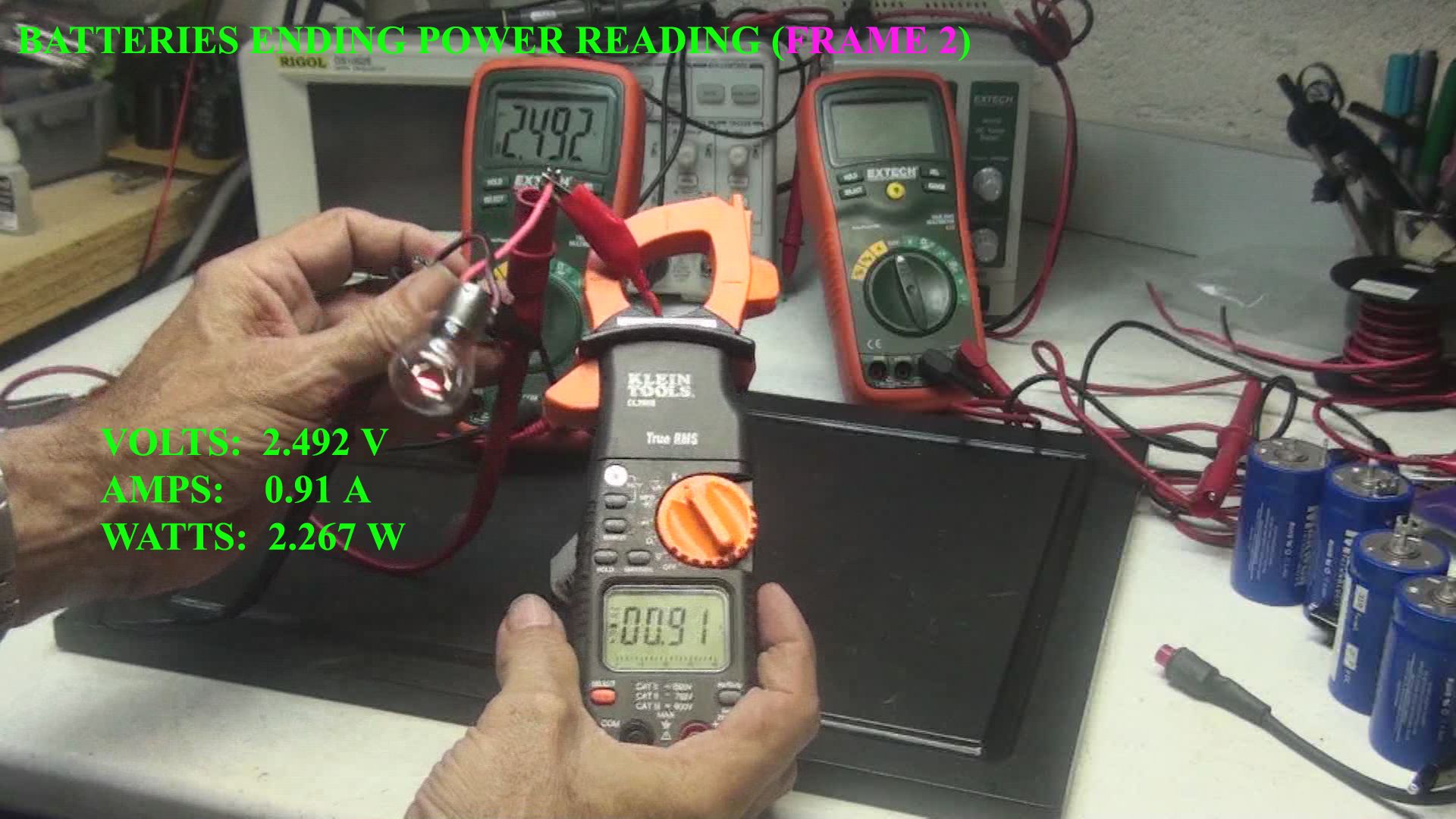 [/IMG]
[/IMG]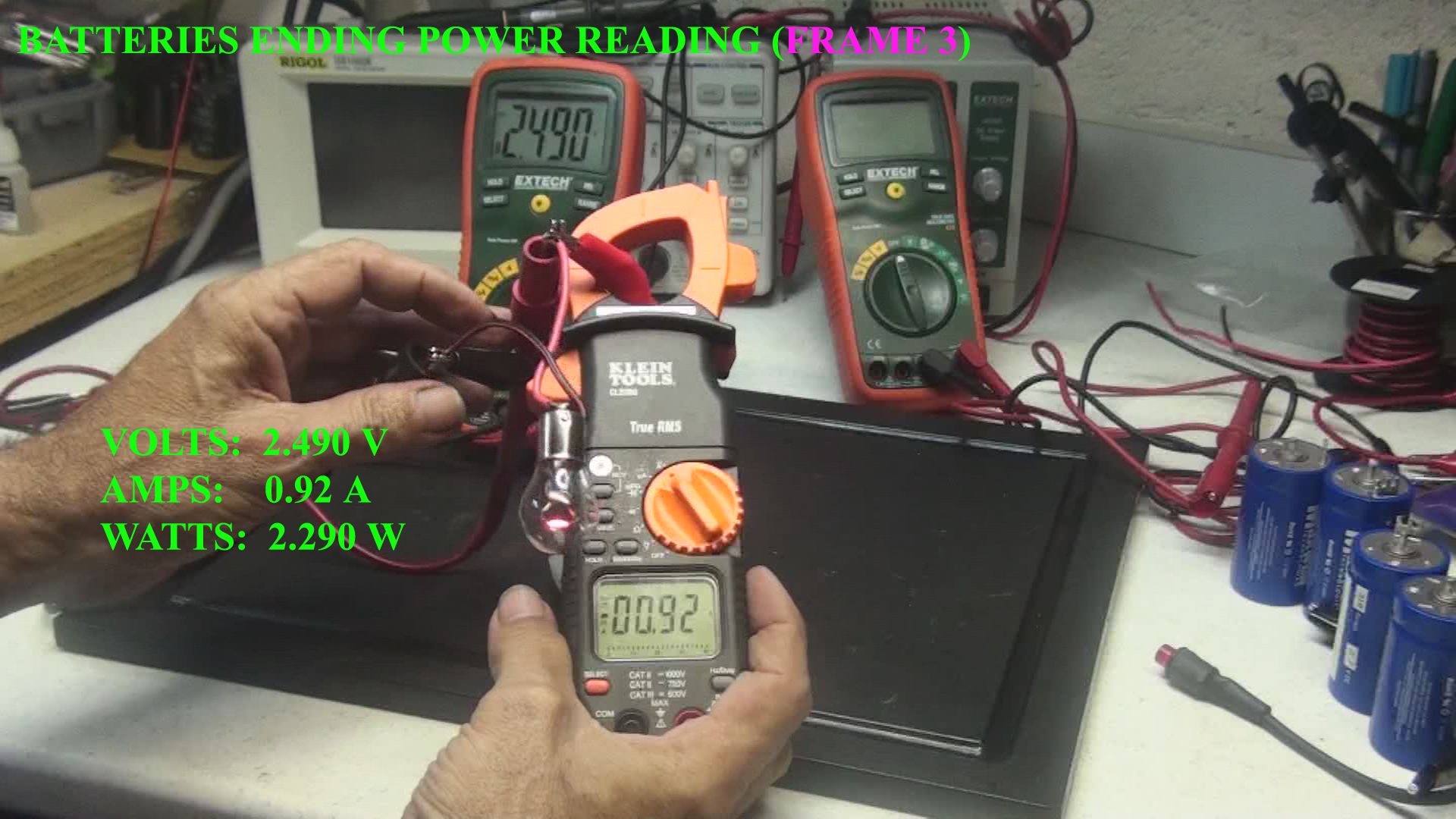 [/IMG]
[/IMG]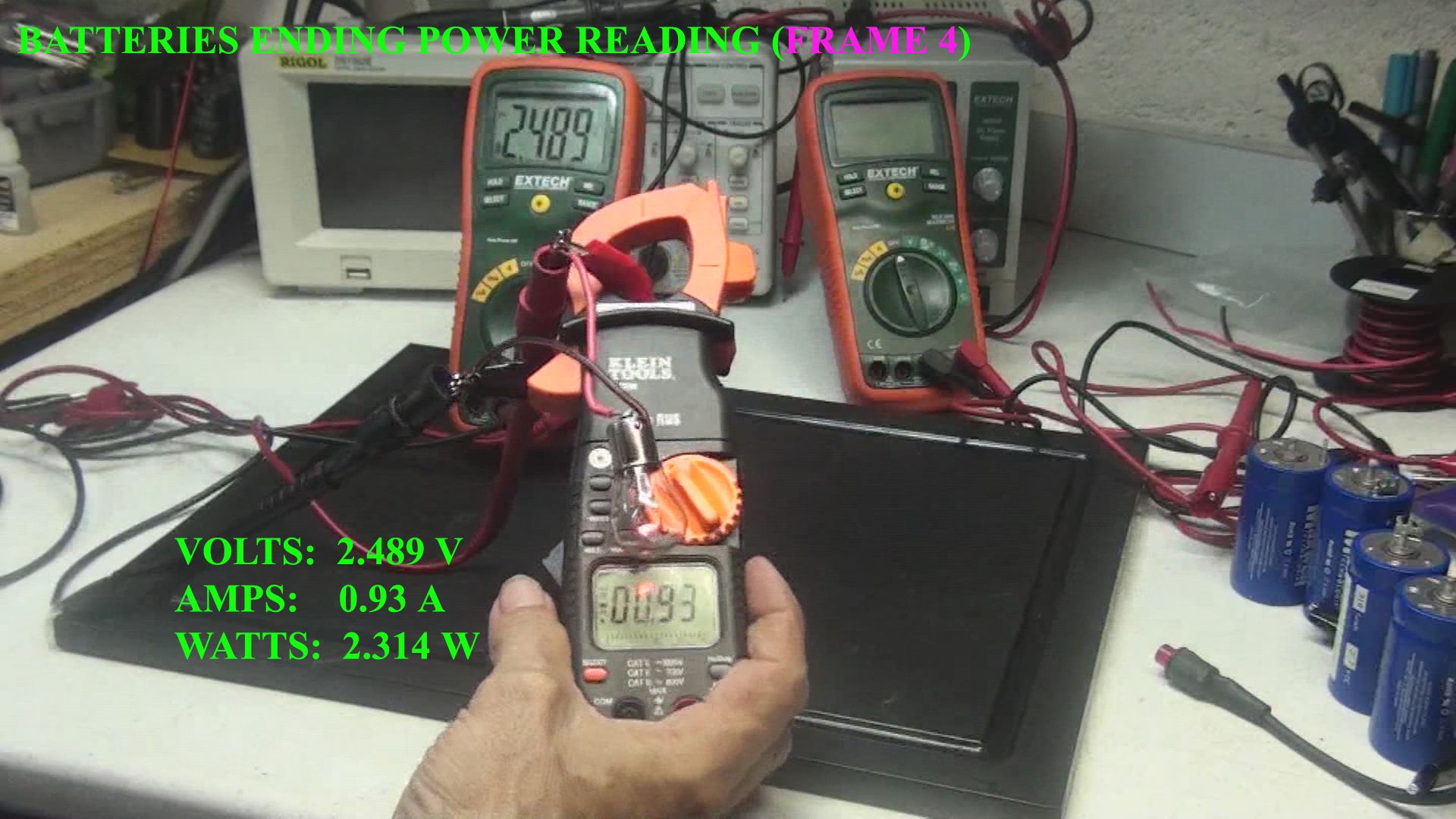 [/IMG]
[/IMG]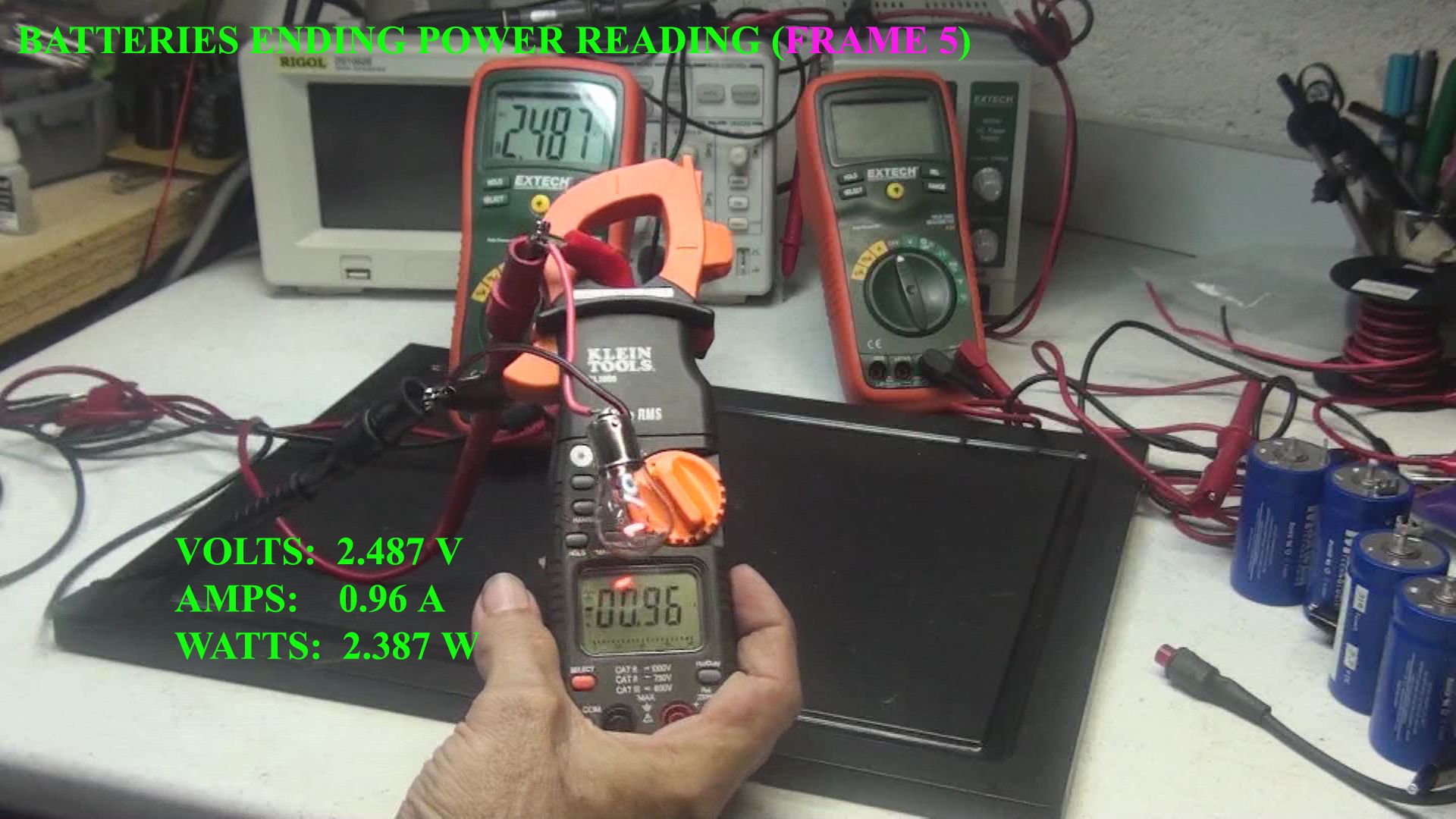 [/IMG]
[/IMG]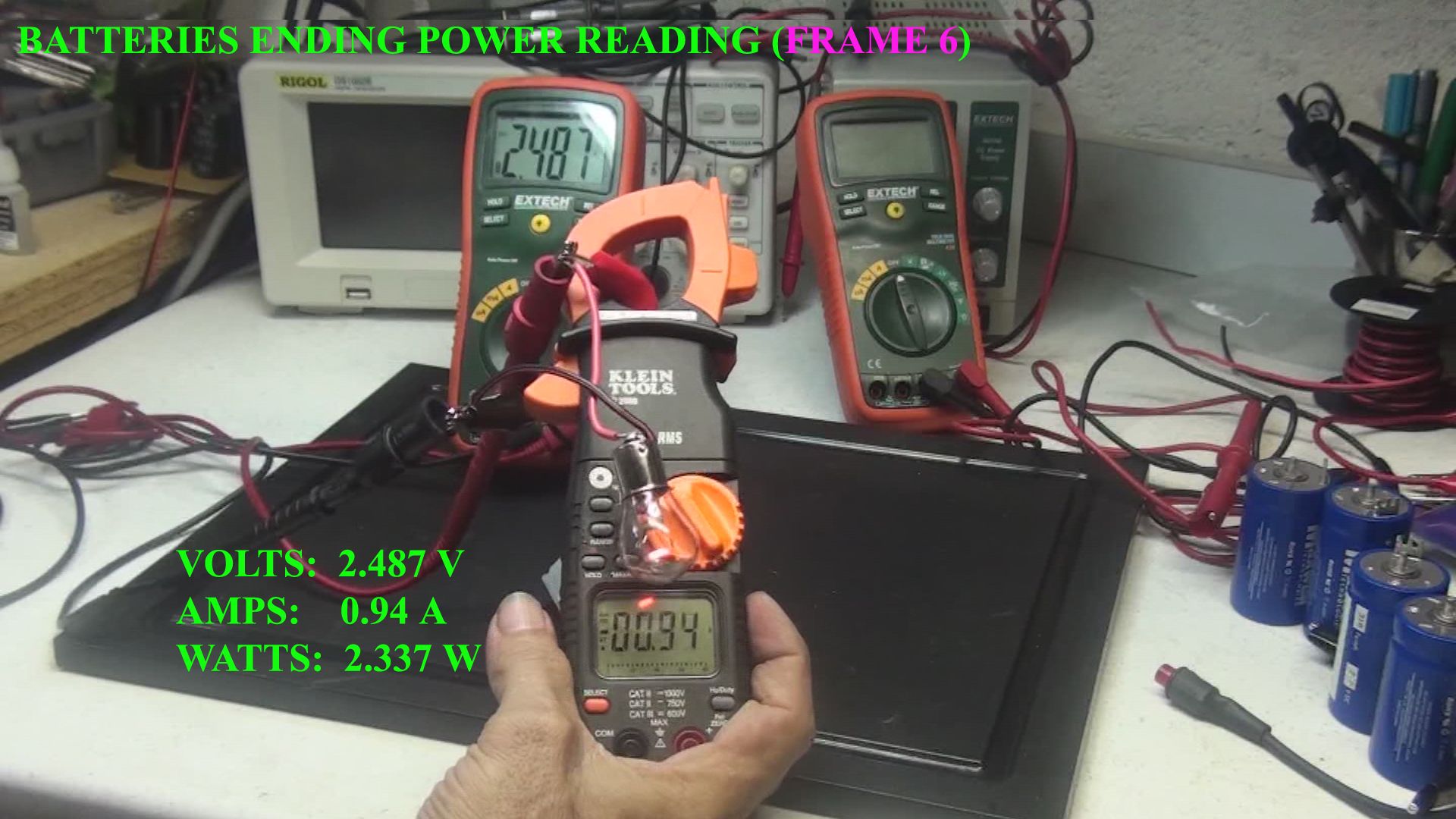 [/IMG]
[/IMG]
 [/IMG]
[/IMG]
Leave a comment: